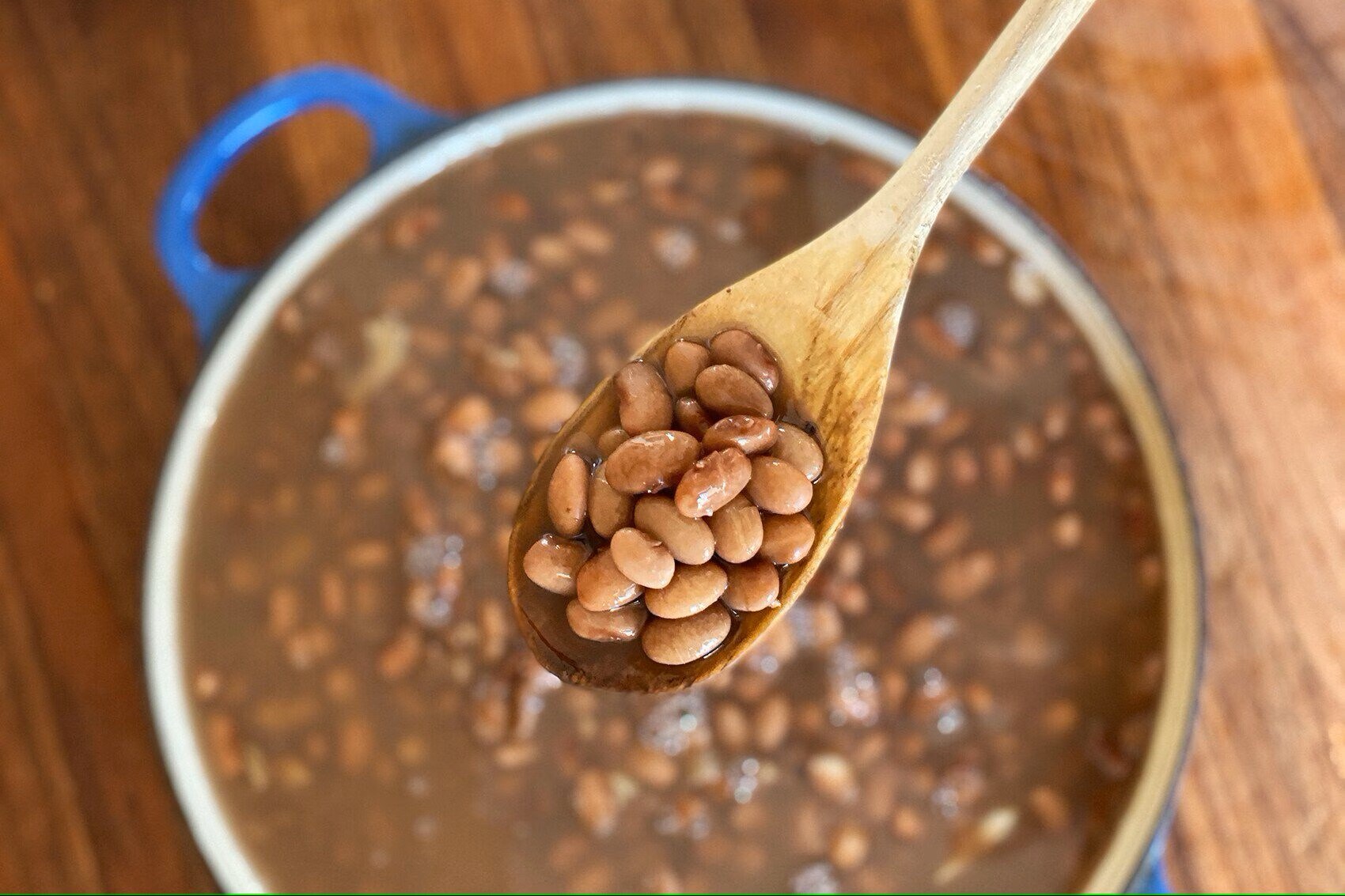

Articles
How To Store Cooked Pinto Beans
Modified: February 24, 2024
Discover the best way to store cooked pinto beans for ultimate freshness and flavor. Read our informative articles on proper storage techniques and tips.
(Many of the links in this article redirect to a specific reviewed product. Your purchase of these products through affiliate links helps to generate commission for Storables.com, at no extra cost. Learn more)
Introduction
Cooked pinto beans are a delicious and nutritious addition to many meals, whether they’re used in soups, salads, or as a side dish. But what do you do when you have leftover cooked pinto beans? Storing them properly is the key to maintaining their flavor and quality, and ensuring that you can enjoy them for future meals.
In this article, we will explore the benefits of storing cooked pinto beans, discuss the different storage options available, and provide you with tips and guidelines to help you store and preserve your cooked pinto beans effectively.
Storing cooked pinto beans not only helps you reduce waste but also allows you to conveniently incorporate them into your meals without the need for extensive cooking. Whether you’re meal prepping for the week or simply looking to save time for future meals, knowing how to store cooked pinto beans properly can be a valuable skill in the kitchen.
So, let’s dive in and learn more about the benefits of storing cooked pinto beans and the different methods to ensure their long-lasting freshness.
Key Takeaways:
- Store cooked pinto beans to save time, reduce waste, and enhance flavor. Proper cooling, airtight containers, and freezing tips ensure long-lasting freshness and convenience in meal prep.
- Reheat and customize stored cooked pinto beans for delicious, versatile meals. Add moisture, season creatively, and enjoy in various dishes to maximize their nutritional benefits and minimize waste.
Read more: How To Store Pinto Beans
Benefits of Storing Cooked Pinto Beans
Storing cooked pinto beans offers several advantages, making it a smart choice for any home cook. Here are some key benefits:
- Convenience: By storing cooked pinto beans, you can save time and effort in the kitchen. Having pre-cooked beans on hand means you can quickly add them to various recipes without the need for lengthy cooking times. This convenience can be a game-changer on busy weekdays or when you need a quick meal.
- Cost-effective: Beans are a budget-friendly protein source, and cooking them in bulk can help you save money. Storing cooked pinto beans allows you to buy a larger quantity at a lower price, cook them all at once, and enjoy the savings. Additionally, having stored beans reduces the need for ordering takeout or purchasing canned beans, which can be more expensive.
- Dietary flexibility: Pinto beans are a versatile ingredient that can be used in a variety of dishes. By storing cooked pinto beans, you can easily incorporate them into your meals, whether you’re making soups, stews, salads, or even bean burgers. They provide a nutritional boost, adding protein, fiber, and essential vitamins and minerals to your diet.
- Reduced food waste: Storing cooked pinto beans helps minimize food waste. Instead of throwing away leftover cooked beans, you can properly store them for future use. This practice aligns with sustainable cooking and responsible food consumption.
- Enhanced flavor: Like many dishes, cooked pinto beans can develop deeper flavors over time. By allowing the beans to sit and rest, their flavors meld together, resulting in a richer taste. Storing cooked pinto beans gives you the opportunity to enjoy these improved flavors in your recipes.
Overall, storing cooked pinto beans provides convenience, cost savings, dietary flexibility, waste reduction, and flavor enhancement. Now that we’ve explored the benefits, let’s move on to the next section and discuss how to choose the right container for storing cooked pinto beans.
Choosing the Right Container for Storing Cooked Pinto Beans
When it comes to storing cooked pinto beans, selecting the appropriate container is essential to maintain their freshness and quality. Here are some tips to help you choose the right container:
- Airtightness: Opt for containers that have airtight seals to prevent air from entering and moisture from escaping. This helps preserve the beans’ texture and flavor, preventing them from drying out or absorbing odors from the fridge or freezer.
- Size: Consider the quantity of cooked pinto beans you plan to store. Choose containers that can accommodate the amount without leaving excessive empty space. This minimizes air exposure and reduces the risk of freezer burn in the case of freezing the beans.
- Material: Use containers made of food-grade materials such as glass or BPA-free plastic. Glass containers are an excellent option as they are non-reactive, don’t absorb odors or flavors, and are easy to clean. If using plastic containers, ensure they are specifically designed for food storage and are labeled as microwave-safe, dishwasher-safe, and freezer-safe.
- Visibility: Select containers that are transparent or have clear lids. This allows you to easily see the contents without opening the container, reducing exposure to air and maintaining freshness.
- Stackability: Choose containers that can stack neatly in your fridge or freezer. This saves space and allows for efficient organization, especially when storing multiple containers.
- Reuse and sustainability: Consider using reusable and eco-friendly containers for storing your cooked pinto beans. Mason jars or glass meal prep containers are excellent options as they are durable, sustainable, and can be used for various other purposes in the kitchen.
By following these guidelines, you can ensure that your cooked pinto beans are stored in the most suitable containers, maximizing their freshness and preserving their quality. Next, let’s explore the importance of properly cooling the cooked pinto beans before storing them.
Properly Cooling Cooked Pinto Beans before Storage
Before you think about storing cooked pinto beans, it’s crucial to cool them down properly. Properly cooling cooked beans helps to maintain their texture and flavor, while also preventing the growth of harmful bacteria. Here are some essential steps to follow:
- Remove from heat: Once the beans have finished cooking, remove them from the heat source immediately. Leaving them on the stove or in the hot pot can cause them to overcook and become mushy.
- Rinse with cold water: Place the cooked pinto beans in a colander and rinse them thoroughly with cold water. This helps to stop the cooking process and cool the beans down quickly.
- Use an ice bath: For rapid cooling, prepare a large bowl or basin filled with ice and water. Submerge the colander containing the cooked beans into the ice bath. Stir the beans gently to ensure even cooling. The ice bath helps to cool the beans down rapidly and maintains their texture and flavor.
- Drain thoroughly: Once the beans have cooled down, remove them from the ice bath and allow them to drain thoroughly. Shake the colander gently or pat the beans dry with a clean kitchen towel to remove excess water. Excess moisture can lead to the growth of bacteria or cause the beans to become mushy during storage.
- Discard any damaged or discolored beans: While draining, carefully inspect the beans and discard any that appear damaged, discolored, or spoiled. It’s crucial to remove any beans that may affect the quality of the stored batch.
By properly cooling the cooked pinto beans before storage, you ensure that they maintain their texture and taste while minimizing the risk of bacterial growth. This step is crucial to preserving their freshness and quality for an extended period. Next, let’s explore the options for freezing cooked pinto beans.
Tips for Freezing Cooked Pinto Beans
Freezing cooked pinto beans is an excellent option for long-term storage, allowing you to enjoy their flavor and nutritional benefits even after several weeks. Here are some helpful tips to ensure successful freezing:
- Cool the beans completely: Before freezing, ensure that the cooked pinto beans have cooled down completely. This helps prevent freezer burn and maintains the beans’ texture.
- Use portion-sized containers: Divide the cooked beans into portion-sized containers or freezer bags. This way, you can thaw only the amount you need without having to defrost the entire batch.
- Label and date: Properly label each container or freezer bag with the contents and date of freezing. This will help you keep track of the beans and ensure that you use them within the recommended time frame.
- Squeeze out excess air: When using freezer bags, squeeze out as much air as possible before sealing. This helps prevent freezer burn and ensures the beans stay fresh.
- Leave room for expansion: If using containers, leave some space at the top to allow for expansion as the beans freeze. This helps prevent the containers from cracking.
- Flash freeze: For individual bean separation and easy portioning, consider flash freezing. Spread the cooked pinto beans in a single layer on a baking sheet or parchment paper and place it in the freezer for a couple of hours until the beans are frozen individually. Once frozen, transfer them into containers or freezer bags.
- Use within recommended time: Cooked pinto beans can be stored in the freezer for up to 3-4 months. Beyond this time, the quality may deteriorate. It’s best to use them within the recommended time frame for optimal taste and texture.
By following these freezing tips, you can ensure that your cooked pinto beans retain their quality and remain freezer-friendly. Freezing provides flexibility, allowing you to conveniently add beans to your future meals whenever you need them. Next, let’s explore the storage of cooked pinto beans in the refrigerator.
Store cooked pinto beans in an airtight container in the refrigerator for up to 4-5 days. For longer storage, freeze them in a resealable bag or container for up to 6 months.
Read more: How Long Does A Pinto Bean Take To Germinate
Storing Cooked Pinto Beans in the Refrigerator
If you plan to use your cooked pinto beans within a few days, storing them in the refrigerator is a convenient option. Here’s how to store them properly:
- Cool the beans: Allow the cooked pinto beans to cool completely before placing them in the refrigerator. Follow the proper cooling steps mentioned earlier to ensure they are at room temperature.
- Use airtight containers: Transfer the cooled beans into airtight containers or resealable bags. This helps to maintain their freshness and prevents any odors from permeating the beans.
- Label and date: It’s important to label each container or bag with the date of storage. This way, you can keep track of the beans’ freshness and use them within a recommended time frame.
- Place in the refrigerator: Store the containers or bags of cooked pinto beans in the refrigerator, preferably on the middle or lower shelves where the temperature is most consistent. Avoid placing them in the refrigerator door as the temperature fluctuates more frequently there.
- Use within recommended time: Cooked pinto beans can be safely stored in the refrigerator for up to 4-5 days. Beyond this time, the quality may deteriorate, and the risk of bacterial growth increases. Ensure that you consume them within the recommended time frame for the best taste and texture.
By following these steps, you can keep your cooked pinto beans fresh and ready for use in the refrigerator. This method is ideal when you plan to use the beans within a short period, allowing you to conveniently incorporate them into your meals. Next, let’s discuss the shelf life of stored cooked pinto beans.
Shelf Life of Stored Cooked Pinto Beans
The shelf life of stored cooked pinto beans depends on the method of storage and the conditions in which they are kept. Here is a general guideline for the shelf life of stored cooked pinto beans:
- Refrigerator storage: When properly stored in airtight containers in the refrigerator, cooked pinto beans can stay fresh for about 4-5 days. It is essential to consume them within this time frame to ensure their quality and minimize the risk of bacterial growth.
- Freezer storage: Cooked pinto beans stored in the freezer can be safely consumed for up to 3-4 months. While they may still be safe to eat beyond this time, the quality might deteriorate, resulting in a decline in taste and texture.
It’s important to note that the shelf life can vary depending on factors such as the freshness of the cooked beans before storage, the storage temperature, and the overall handling and storage conditions. Properly cooling and storing the cooked pinto beans using airtight containers or bags is crucial to maximize their shelf life.
To ensure the best quality, it is always recommended to label each container or bag with the storage date. This will help you keep track of the beans and consume them within the recommended time frame for optimal taste and texture.
Remember that these guidelines serve as a general reference. It’s crucial to use your own discretion and use your senses to determine if the stored cooked pinto beans are still fresh and safe to consume. If you notice any signs of spoilage, such as an off odor, mold growth, or texture changes, it’s best to discard them to avoid any potential health risks.
Now that you know the shelf life of stored cooked pinto beans, let’s move on to the next section and learn how to reheat and serve them.
Reheating and Serving Stored Cooked Pinto Beans
When it’s time to enjoy your stored cooked pinto beans, reheating them properly ensures that they are delicious and safe to eat. Here are some tips on how to reheat and serve stored cooked pinto beans:
- Refrigerator storage: If you stored the cooked pinto beans in the refrigerator, you can simply reheat them on the stovetop or in the microwave. Place the desired portion in a saucepan or microwave-safe dish and heat over medium-low heat or using the appropriate microwave settings until warmed through. Stir occasionally to ensure even heating.
- Freezer storage: If the beans were stored in the freezer, it’s best to thaw them overnight in the refrigerator before reheating. Once thawed, you can reheat them using the stovetop or microwave method mentioned above. If you’re short on time, you can also heat them from frozen, but it may take slightly longer.
- Add moisture if needed: During the reheating process, you may find that the beans have become dry. To restore their moisture, you can add a small amount of water, vegetable broth, or tomato sauce to the pan or dish to prevent them from drying out further. Stir well to incorporate the additional moisture.
- Season and customize: Reheated pinto beans can be customized with various seasonings and ingredients to enhance their flavor. Add spices, herbs, or condiments such as garlic, cumin, paprika, or hot sauce to suit your taste preferences. Stir well to incorporate the flavors.
- Serve creatively: After reheating and seasoning, your cooked pinto beans are ready to be served. They can be enjoyed as a side dish, added to quesadillas, burritos, or tacos, or used as a topping for salads or nachos. Get creative and incorporate them into your favorite recipes.
Remember to handle reheated cooked pinto beans with care and ensure they reach a safe internal temperature of at least 165°F (74°C) to prevent any potential foodborne illnesses.
By following these steps, you can reheat and serve your stored cooked pinto beans in a delicious and safe manner. Get creative with your toppings and side dishes to create a satisfying meal. Now, let’s wrap up the article.
Conclusion
Knowing how to store cooked pinto beans properly is essential for minimizing waste, saving time, and enjoying their nutritional benefits in various dishes. Whether you choose to store them in the refrigerator or freezer, following the right steps ensures that your cooked pinto beans maintain their flavor, texture, and quality.
By understanding the benefits of storing cooked pinto beans, such as convenience, cost-effectiveness, dietary flexibility, reduced food waste, and enhanced flavor, you can make the most out of this versatile ingredient.
Choosing the right container, properly cooling the beans, and using appropriate storage methods like freezing or refrigerating all play a crucial role in maintaining the freshness and longevity of your stored cooked pinto beans.
When it’s time to enjoy your stored beans, reheating them properly and customizing them with seasonings and toppings adds a delicious touch to your meals.
Remember to follow food safety guidelines, check for signs of spoilage, and consume your stored cooked pinto beans within the recommended time frames to ensure their safety and quality.
So, the next time you have leftover cooked pinto beans, don’t let them go to waste. Store them properly and get creative with incorporating them into your meals for added convenience and flavor!
Now that you’re equipped with the knowledge of how to store, reheat, and serve cooked pinto beans, it’s time to put these tips into action and enjoy the convenience and versatility they bring to your culinary adventures.
Frequently Asked Questions about How To Store Cooked Pinto Beans
Was this page helpful?
At Storables.com, we guarantee accurate and reliable information. Our content, validated by Expert Board Contributors, is crafted following stringent Editorial Policies. We're committed to providing you with well-researched, expert-backed insights for all your informational needs.
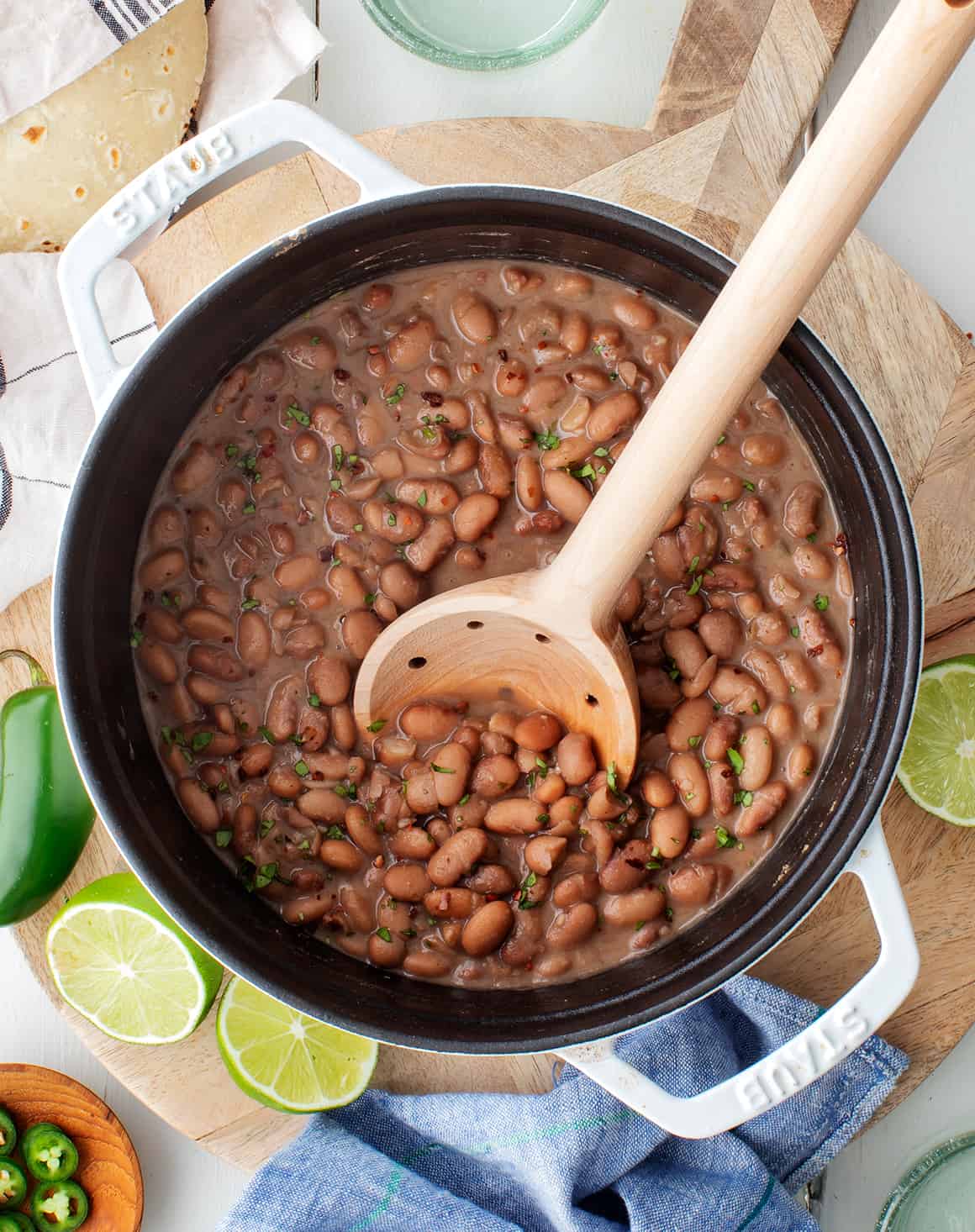
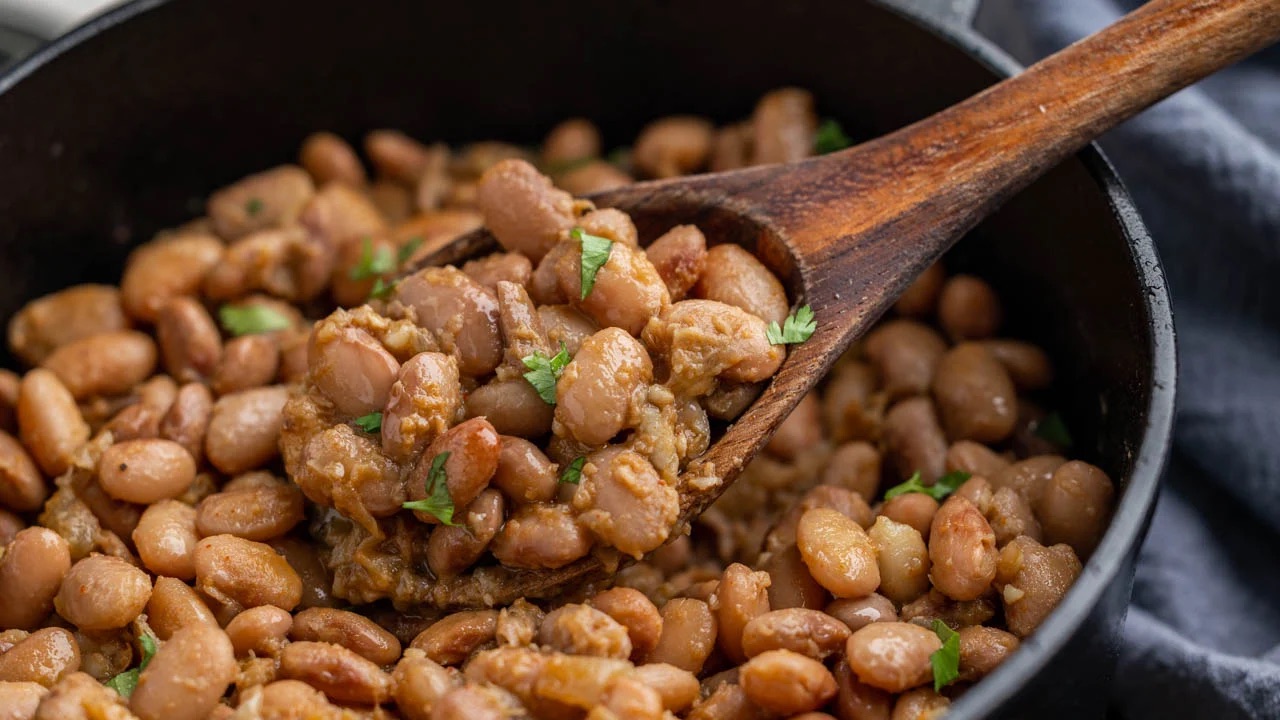

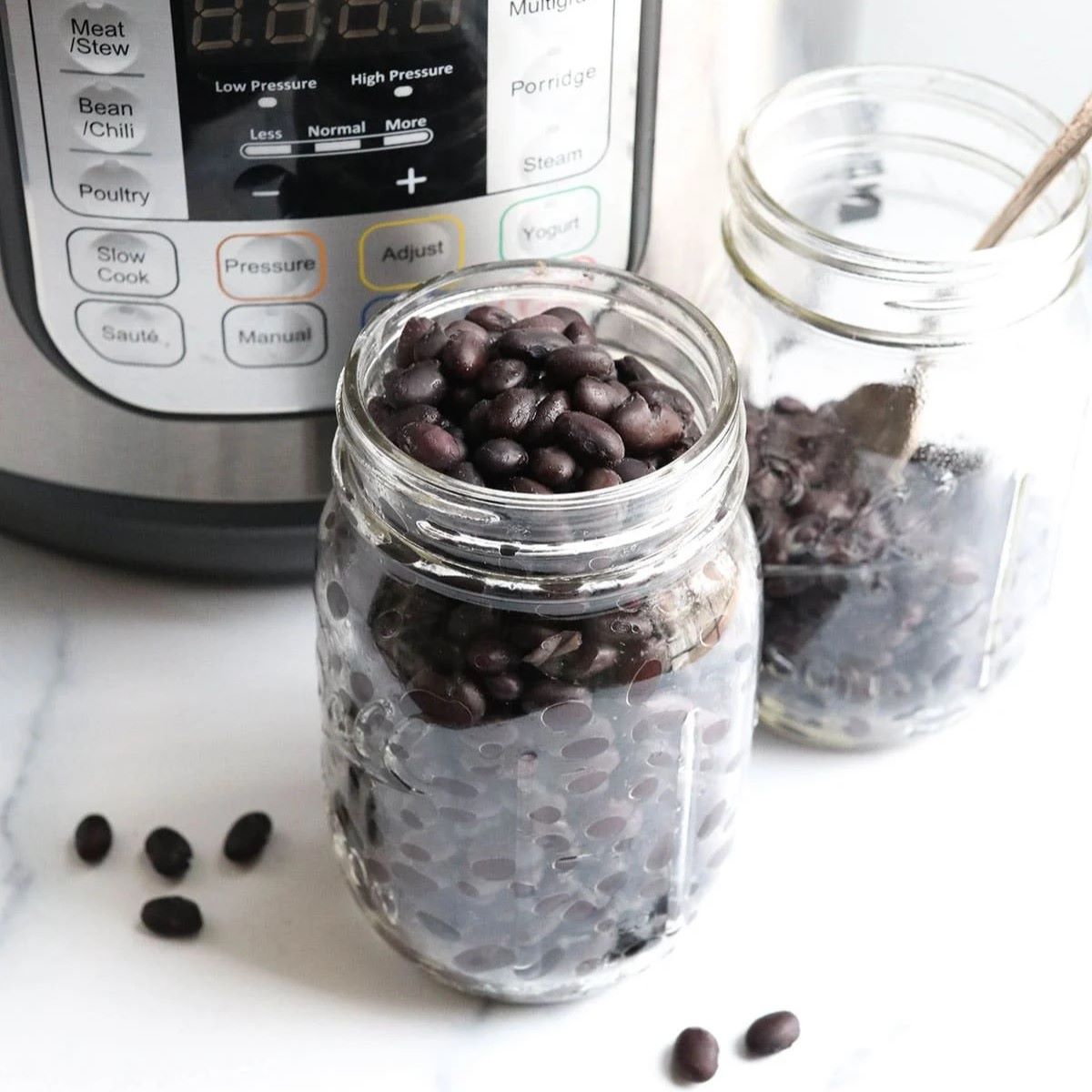
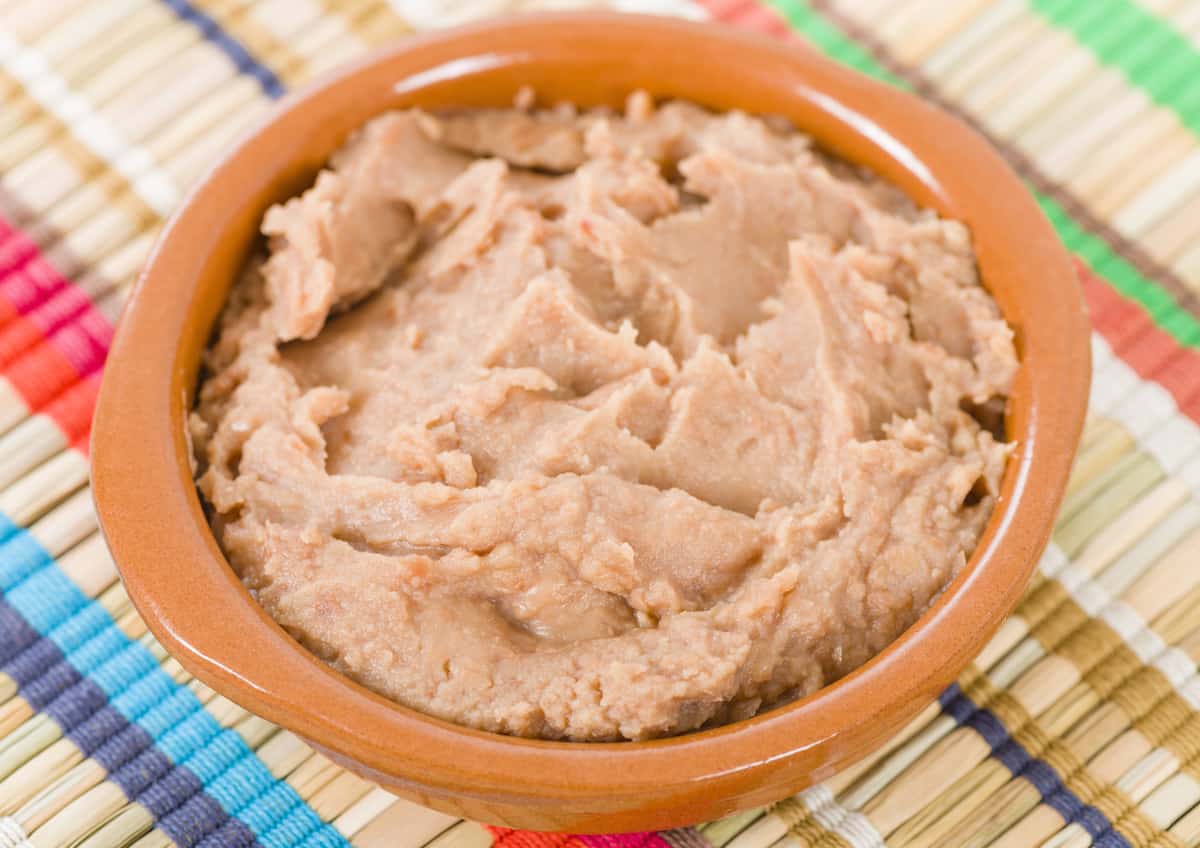

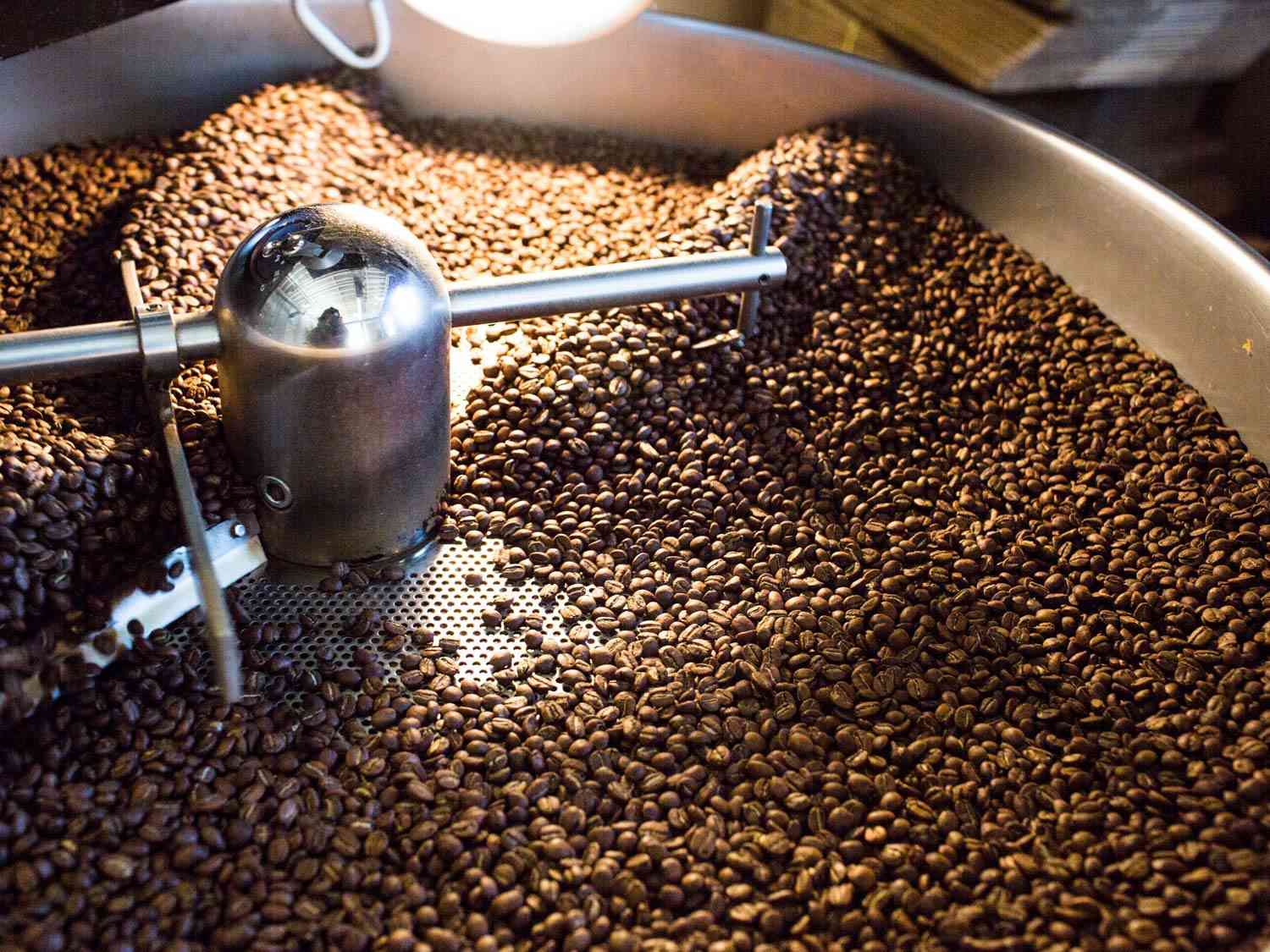
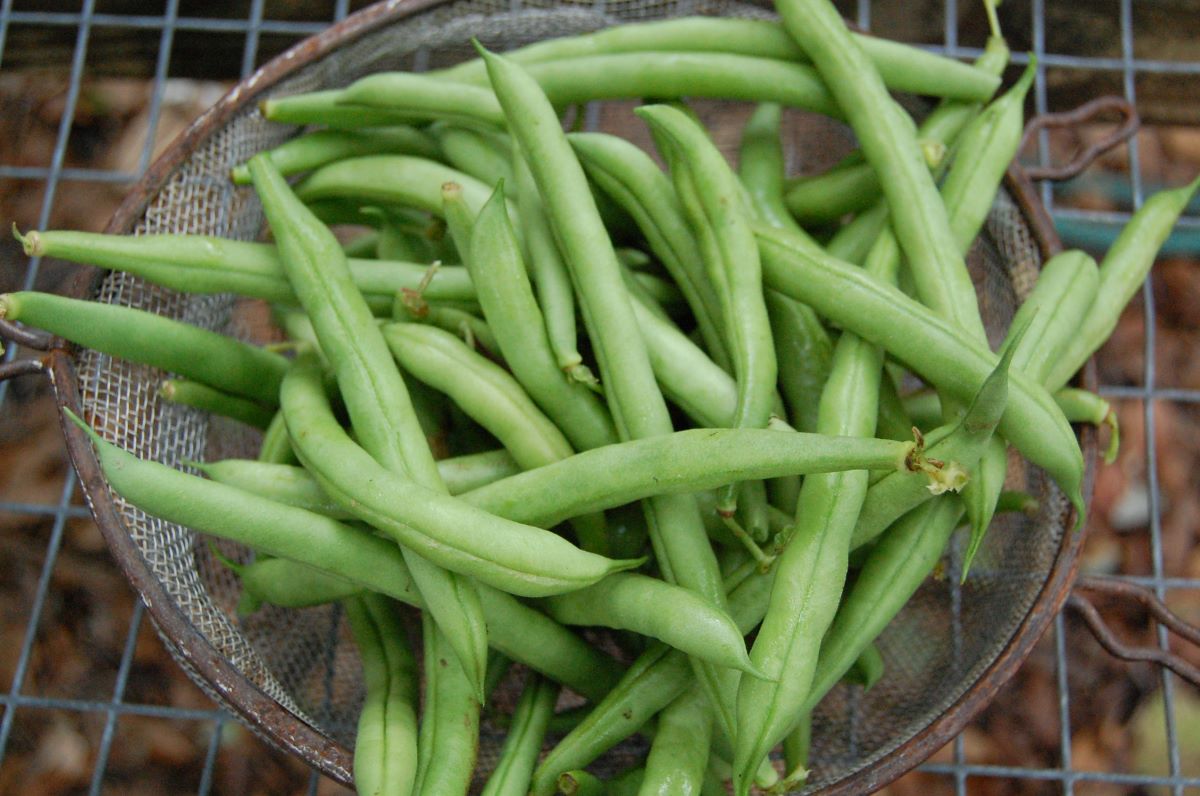
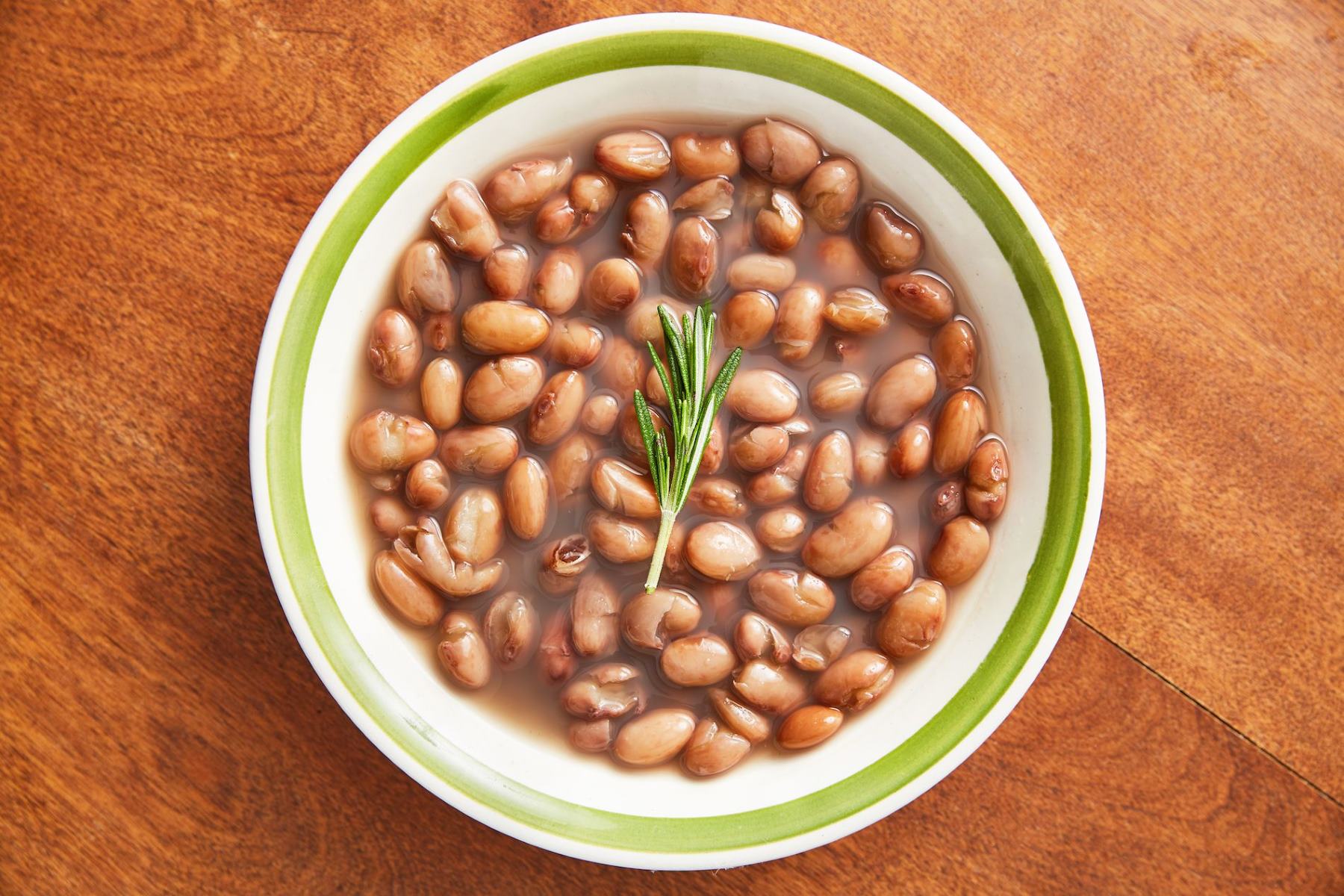
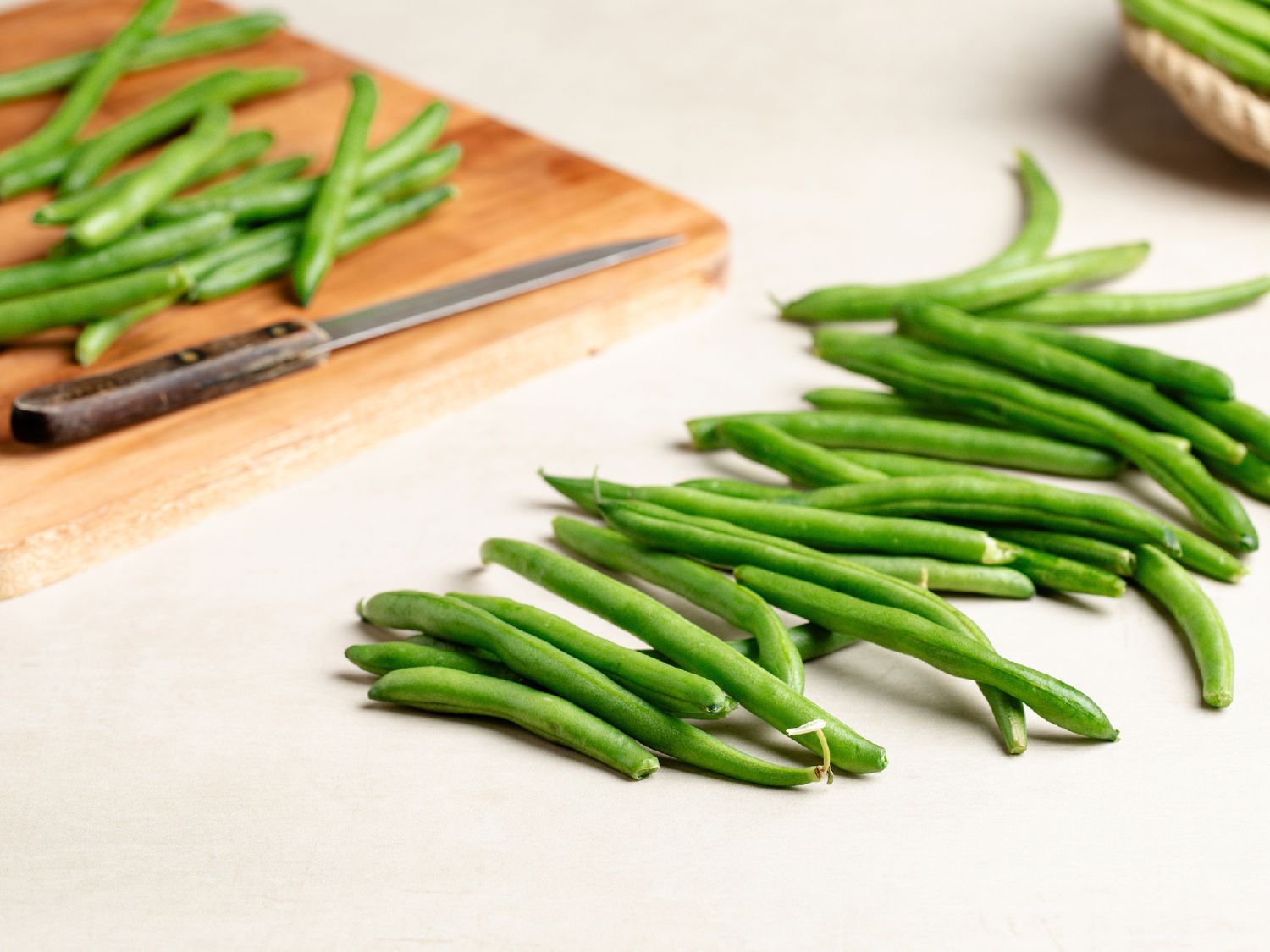
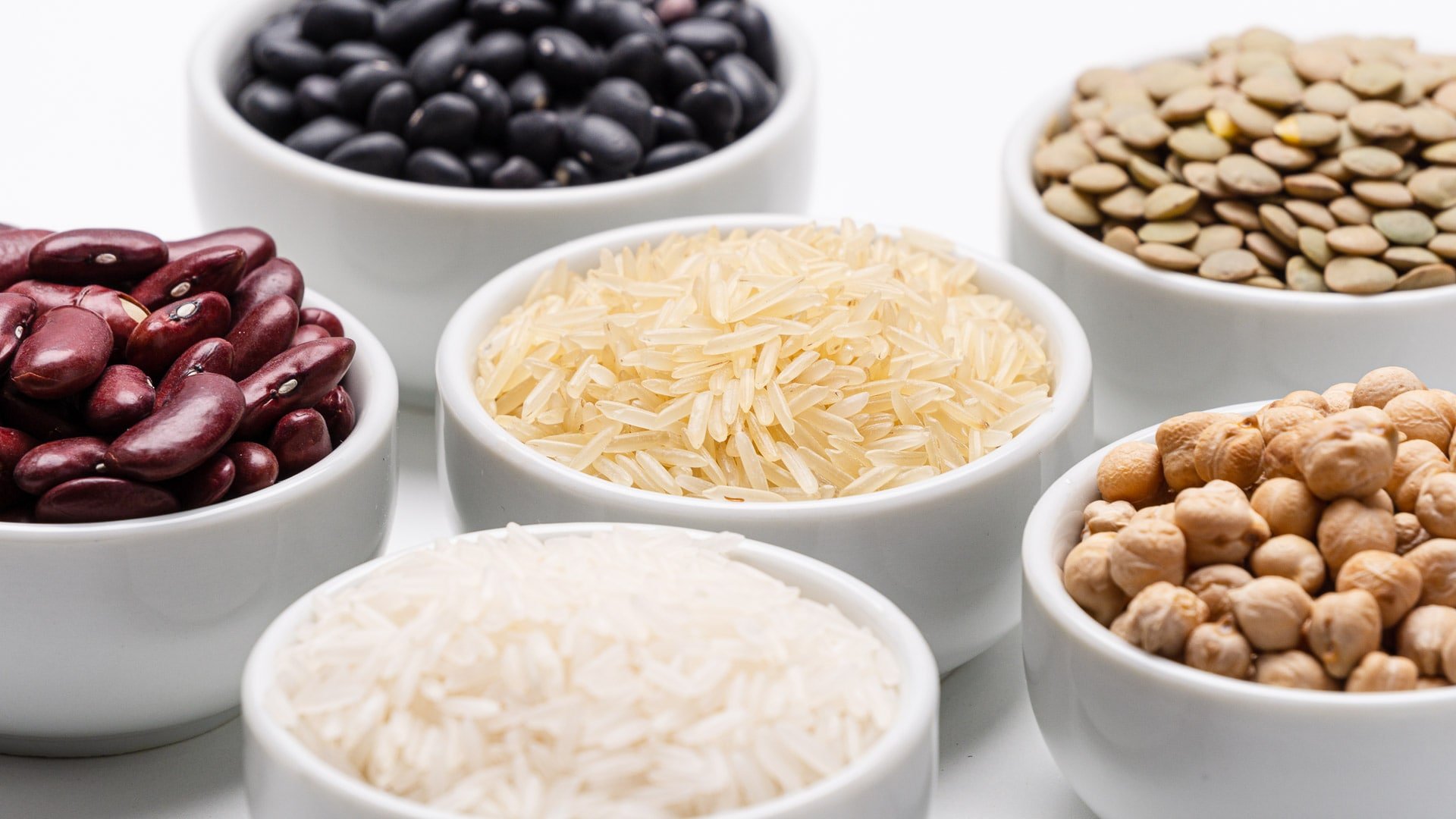
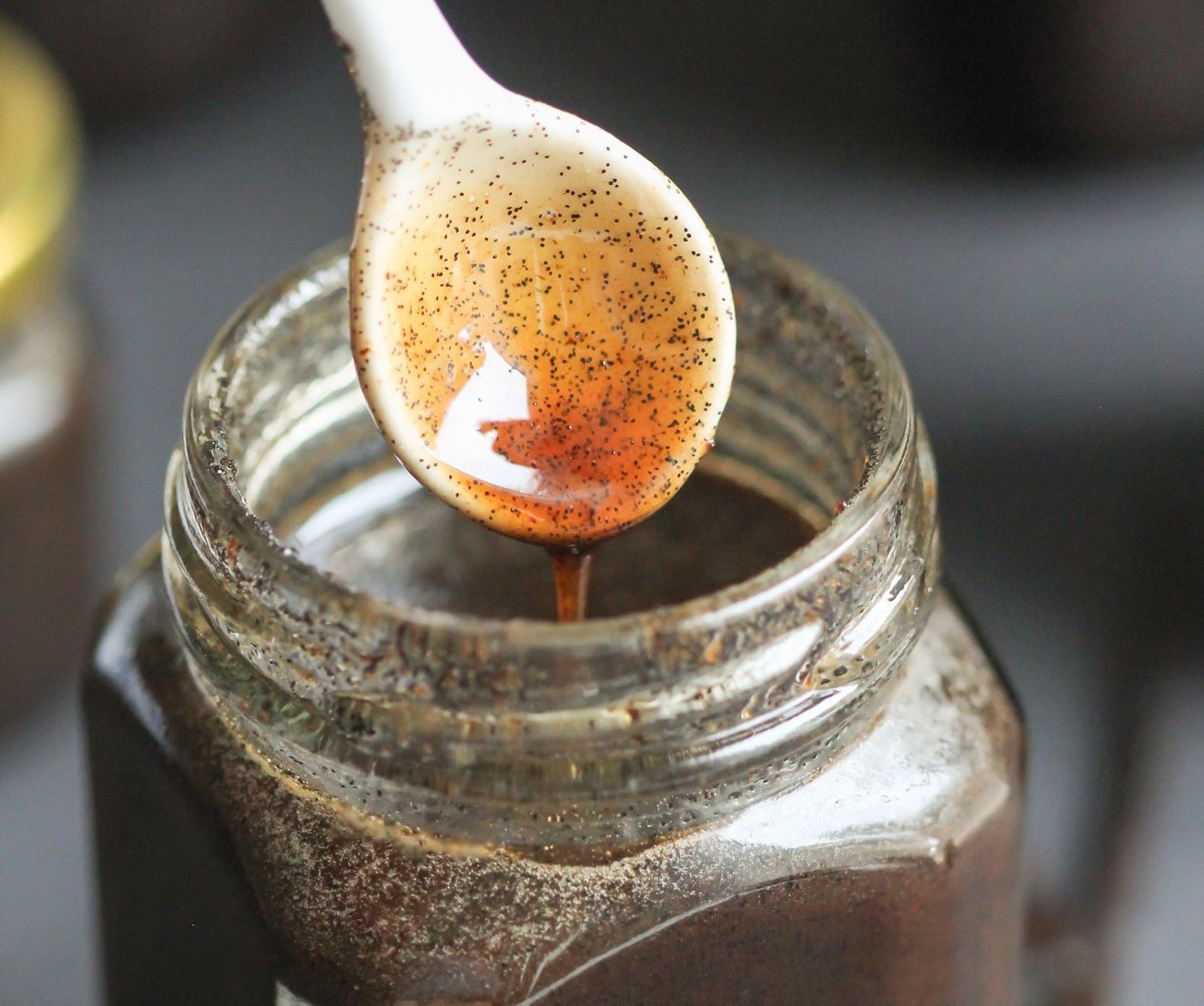

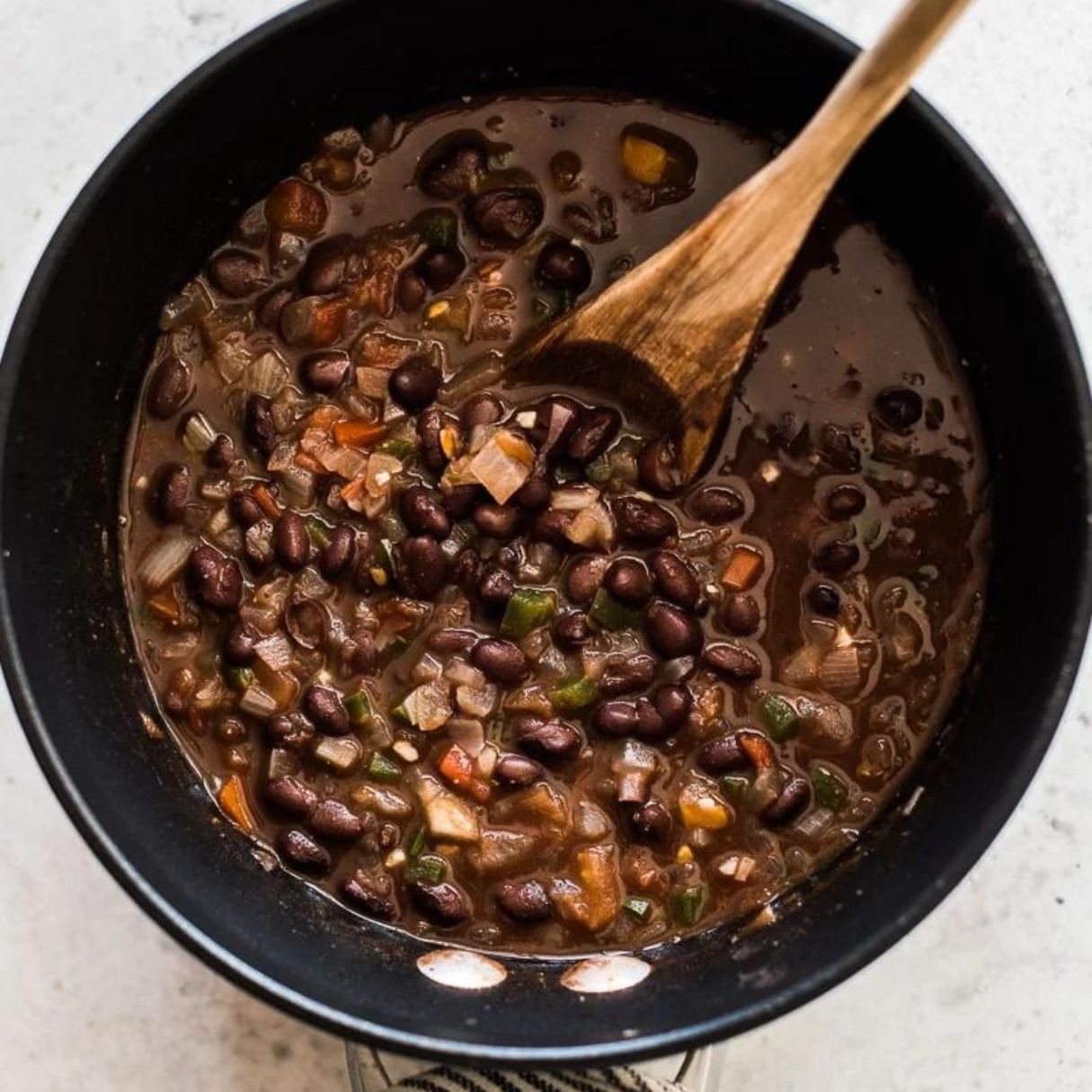

0 thoughts on “How To Store Cooked Pinto Beans”